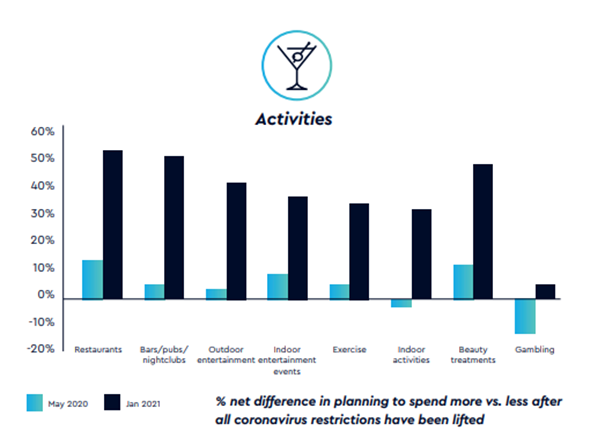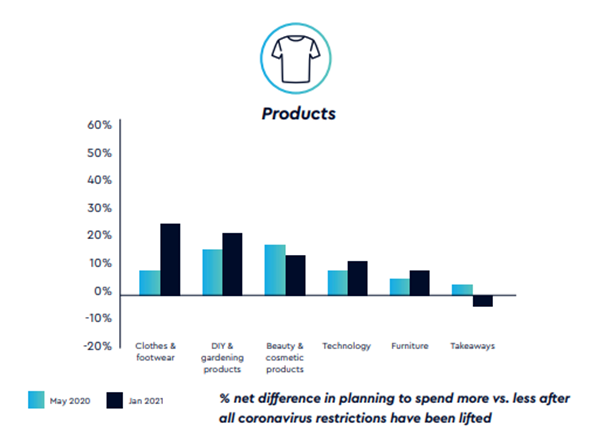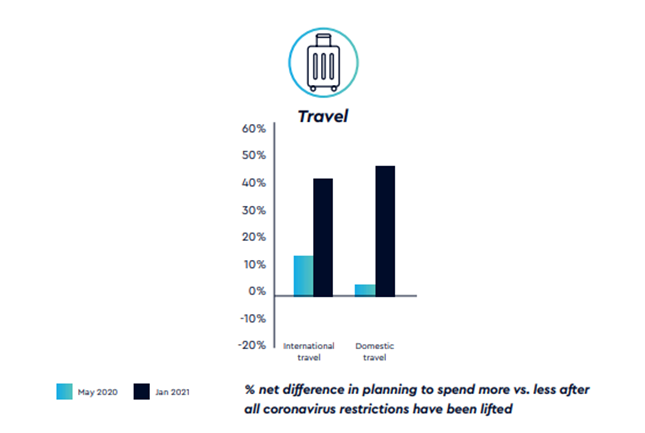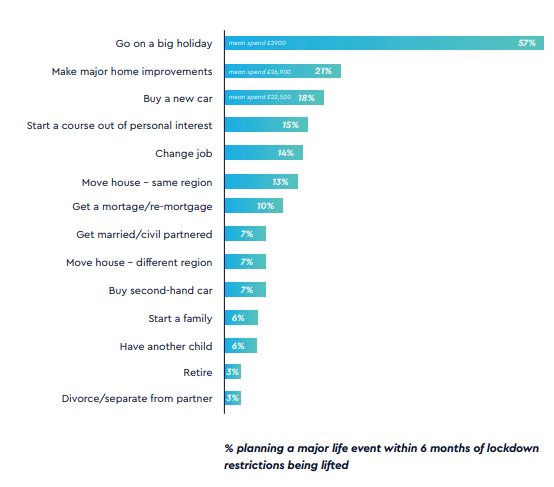It’s no secret that radio played an essential role during the COVID-19 pandemic, especially to those who were working from home. In 2020, 74% of commercial listeners said radio provided vital national news, 85% said it improved their mood and a massive 90% said radio kept them company. But enough about 2020 – with restrictions easing, what do we know about how this audience feel now about post-lockdown life, and what kind of spending habits and behaviour can we expect to see going forward?
Research commissioned by Radiocentre (New Ways of Working, New Ways of Connecting) takes a deep dive into this subject. Not only do the results show that those who are working from home are still listening to more radio than ever before, it also explores how this same audience have big spending plans once the restrictions are fully lifted. Let’s take a look at the full results…
Those working from home are listening to radio more than ever
In the UK, nearly half of all working adults are still working from home, and 56% of them are regular commercial radio listeners – and they are listening now more than ever before.
A listener survey conducted by DRG found that in April 2020, 45% of working from home listeners were listening to more radio – and for longer – than they were before the pandemic. In January 2021, this then rose even higher to 50%.
How is this audience planning on spending their money?
The COVID-19 pandemic has had an impact on this group’s savings too. Not only are WFH listeners likely to have a higher household income than the national average, but due to the lack of commuting costs many of them have been saving money too, with 63% of this group saying they have actually saved more money since the pandemic began. And now that restrictions are easing, they are eager to spend this money more than ever.
When asked what they intended to increase their spend on upon the lowered restrictions, it was clear that this group is itching to spend its money, with much higher projected spend increases versus what was found in 2020. They want their social lives back, and they’re willing to increase their spend across all categories to achieve it:


This extra time at home has given this group more time to reflect on life priorities (74% reflecting on work/life balance), with the majority planning significant life events (85%) as a result. These range from travelling more (both domestically and internationally), to moving house, to changing jobs, and even starting a new course out of personal interest. This makes commercial radio listeners an invaluable audience for advertisers and brands in these sectors to target.


The attitude of this audience is in line with the rest of the UK too. Andy Haldane, Chief Economist at the Bank of England, predicted that “having been bottled in for a year, most people are desperate to get their lives, including their social lives, back” and that when restrictions ease the spending reaction will be more like “a light-switch being flicked, rather than a dimmer-switch being turned”.
This was a view supported by Ian Stewart, chief economist at Deloitte: “The UK is primed for a sharp snap back in consumer activity…High levels of saving, the successful vaccination rollout and the easing of the lockdown set the stage for a surge in spending over the coming months.”
And so far it seems like what they are saying could be true. Even with a very modest relaxation of restrictions, March saw a rise of retail sales by 5.4%, and since non-essential shops and hospitality have been able to reopen on 12th April, consumer activity has recovered further, with a 200% weekly rise in the number of people visiting retail destinations.
New working habits are here to stay
And what about when offices do eventually reopen? Will this working from home audience return to the office five days a week? Radiocentre’s study suggests not, with preferences ranging from going into the office multiple times a week (61%), to once a week, once a month, and even with 6% saying they want to continue to work from home full time.
This means that even once restrictions are lifted and people return to offices, there will still be a high percentage of radio listeners that will continue working from home for some, if not all, of the working week. This suggests that the high level of radio listening we have seen during the last year will continue, giving advertisers access to a high value audience in the post-pandemic future. For more opportunities, please contact our Broadcast Team at Total Media.
Read the full report by Radiocentre here.






